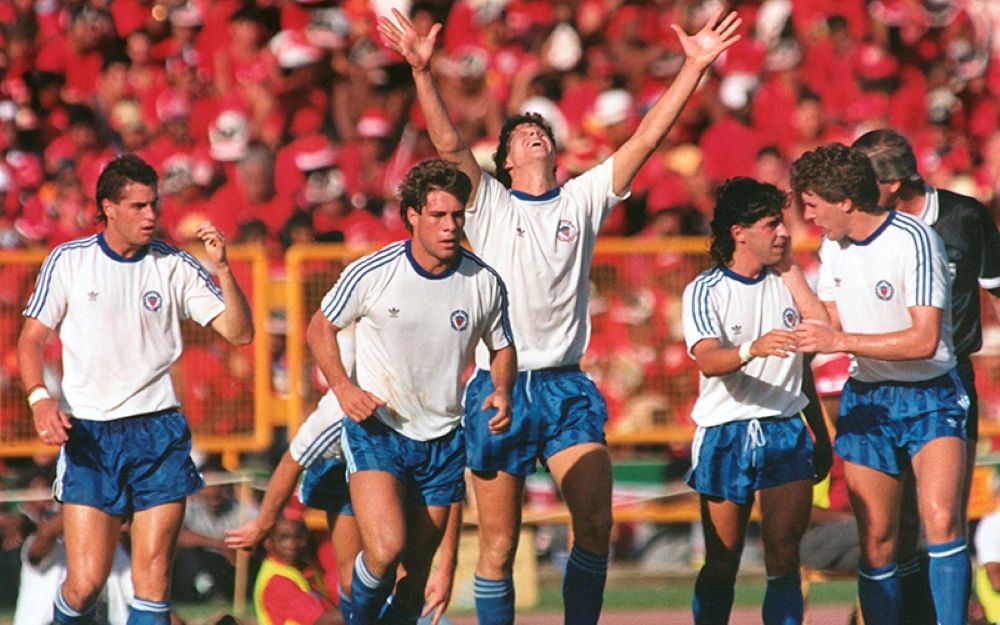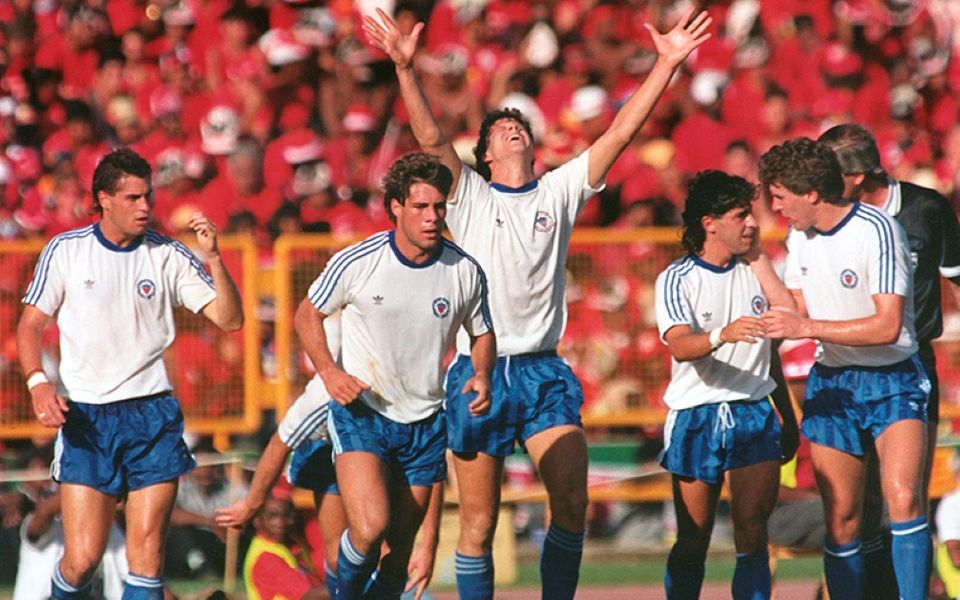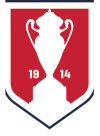Paul Caligiuri: The Shot Heard Around The World
Before the U.S. Men's National Team took on Trinidad & Tobago in the first of two vital matches in Austin, Texas on Thursday, Nov. 16 that will determine its fate in the Concacaf Nations League and 2024 Copa America, Paul Caligiuri met the squad.












